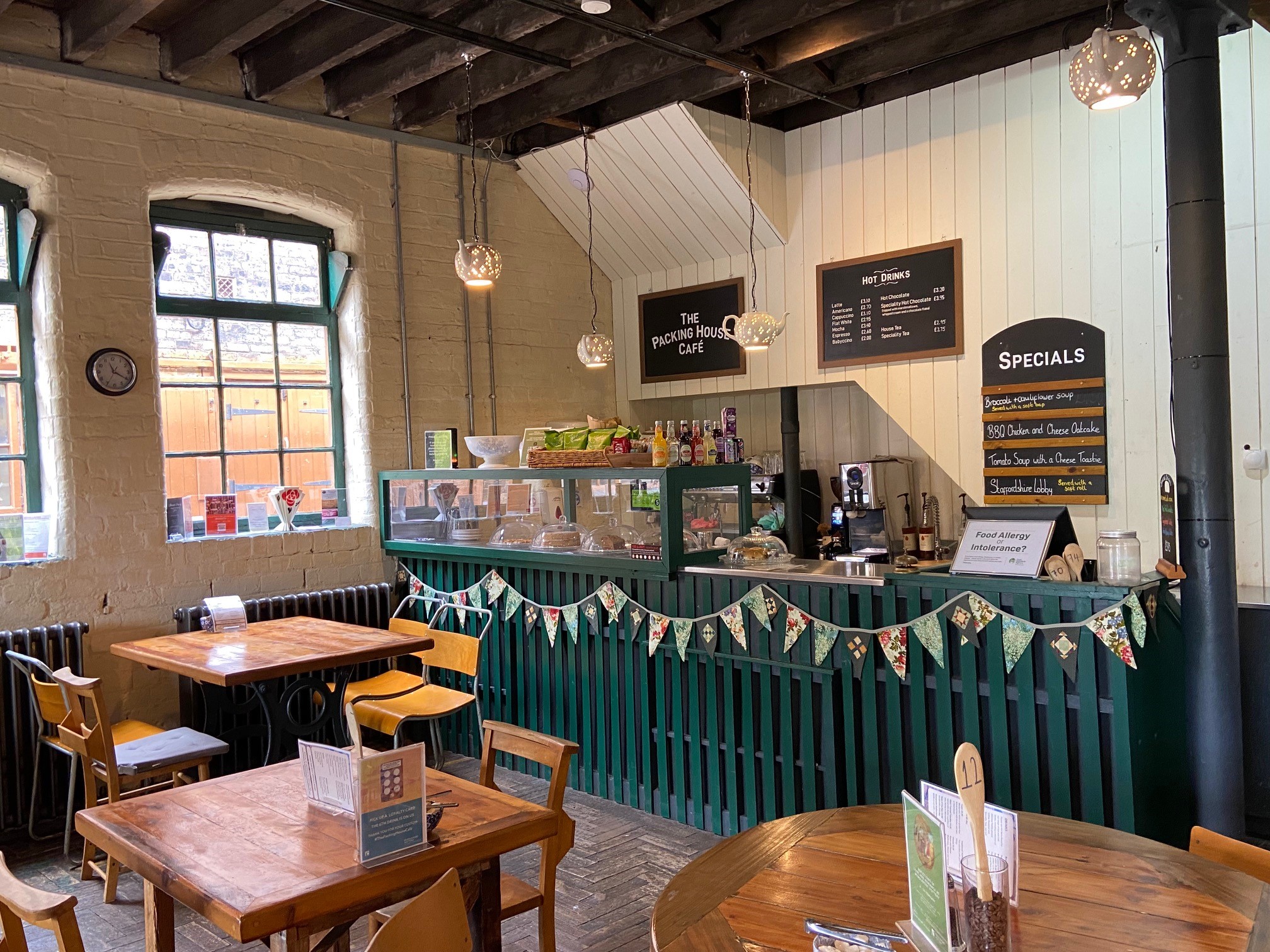


The Victorian Offices
More Info

Placing House & Bottle Oven
More Info

Mould Store
More Info

Bath House
More Info

Dane - Historic Wooden Narrowboat
More Info

Steam Engine
More Info

Lodge Keeper's House
More Info

Factory Tour
More Info

Burleigh Factory Shop
Middleport Pottery Entrance
More Info

Middleport Pottery Gift Shop
First Floor
More Info

Potteries Images
Port Street Range
More Info

Burslem Pottery
Port Street Range
More Info

Alex Allday Ceramics
Port Street Range
More Info

Canadian Pine Co.
Port Street Range
More Info

Heritage Art Gallery & Bookshop
Port Street Range
More Info

Muddy Publishing - Design & Illustration Studio
Harper Street
More Info

Gilders Wheel Gallery
Harper Street
More Info

Betty & Grace - Personalised Gifts & Crafty Circle
Harper Street
More Info

Darwin's Dog Grooming
Harper Street
More Info

The Packing House Cafe
More Info

Afternoon Tea
More Info

Clay College
More Info

Clay College Gallery
More Info